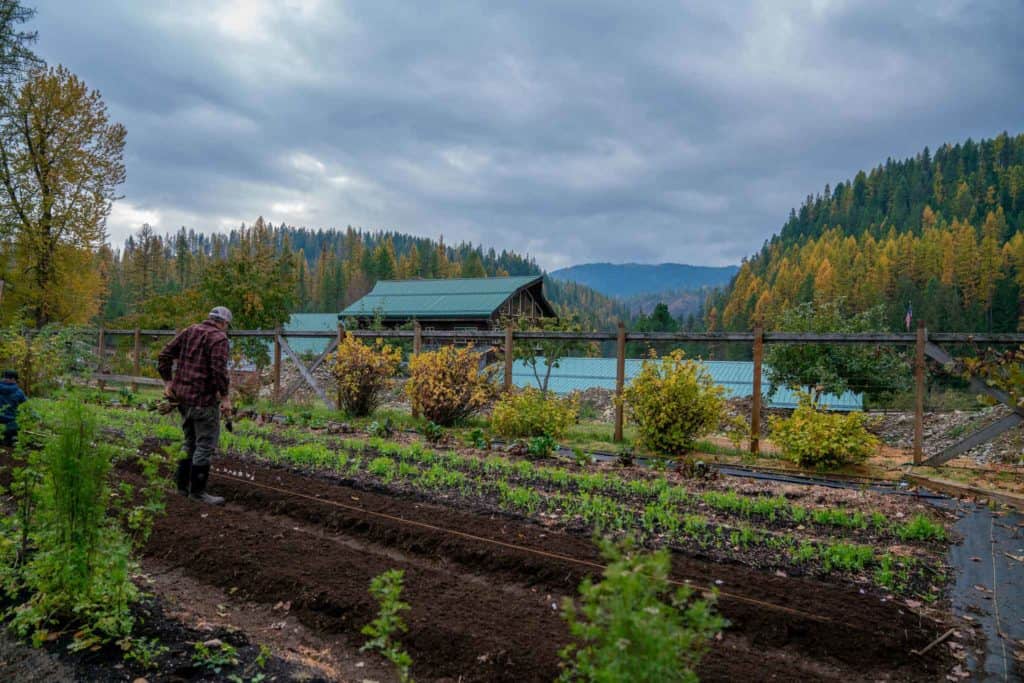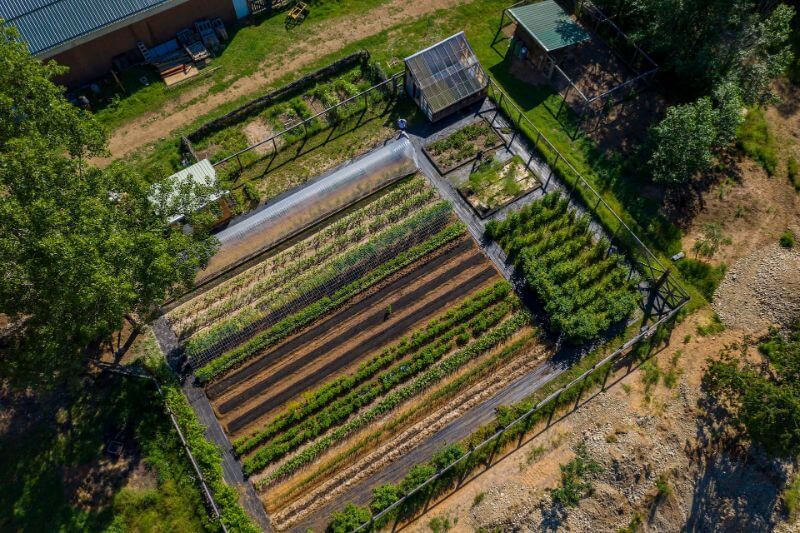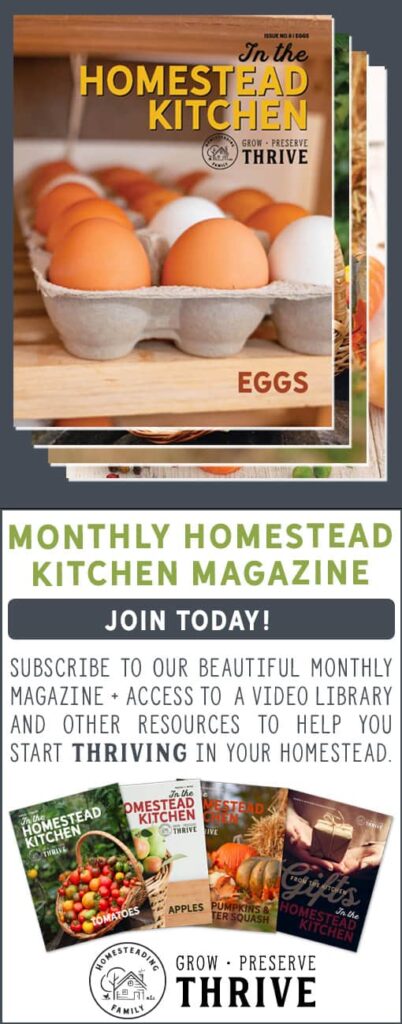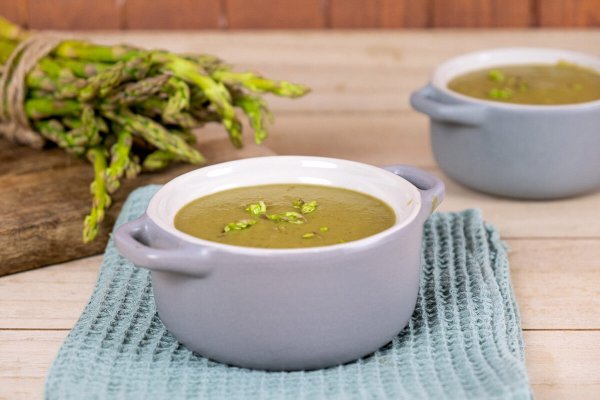Carolyn and I have been working for over twenty years to help clean up our food supply and eliminate unnecessary toxins. So it came as a huge surprise when Carolyn had a toxicity test done, and it came back showing extremely high levels of glyphosate.

Our Concerns With Glyphosate Exposure
We were unsure whether this was an anomaly or whether we should be concerned for our entire family, so I had a test done as well, and it also showed I have extremely high levels of glyphosate in my system.
Since Carolyn had baby Nathaniel in 2023, she’s been struggling to lose the pregnancy weight. This hasn’t been the case with her previous pregnancies, so she began doing some research. She found that some people can have high levels of toxins in their system, which can prevent them from being able to shed excess weight. So she took a test.
That was the beginning of our journey. In order to rule out whether Carolyn was an anomaly (some people’s bodies hold onto toxins, even when the exposure could have been years or decades earlier), we decided I would get tested as well.
Want to test your own toxin levels? Here is a link to the lab test and practitioner we used, Dr. Torrie Thompson, Meraki Wellness Center.

Identifying the Contamination
With the results coming back that we’re both high in glyphosate, we’ve now gotten to work on identifying the cause and figuring out how to fix this gap in our system. We figure it’s one or a combination of the following four possibilities:
- Hay/Grain – We raise a year of meat for our family here on our homestead. We raise meat chickens, have backyard egg-laying hens, raise Kune Kune pigs and our own cattle and lamb. So, one of the systems we’re looking at is our feed. We like to stock our barns with feed for the winter months when our animals can’t graze in the pasture, so we’re taking a closer look at the hay and grain we’ve been sourcing.
- Compost – Though we make all our own compost on-site, we use the animal’s waste, which is residual from the food they’re eating. So if their food is contaminated, it stands to reason their waste is too. If that waste is getting into the compost, it’s also getting into the garden.
- Garden – There’s a chance there was glyphosate usage on the property before we moved here. We’ve been at Riverbend for five years (as of 2024) and have used all organic gardening practices to date. However, it’s possible there could be some residual contamination from the previous owners’ gardening practices.
- Water – I truly hope it’s not our water supply that’s contaminated. This would probably be the hardest of all scenarios to cure. When we bought this property, one of the selling features was how much water was provided on our land. We’ll be doing some testing to rule out whether our water is the source of our glyphosate exposure.

What’s the Problem With Glyphosate?
Many of you may be wondering what our problem is with glyphosate. Some say it’s safer than table salt. That may be, I don’t really know. But what I do know is that it’s a weed killer. It’s a toxin and a carcinogen; it’s poisonous, and I don’t want it in my family’s systems.
Even if the short-term effects are “proven” to not be very bad, the long-term effects are still unknown since glyphosate is a relatively new substance.
Studies show that 90% of the population has glyphosate in their system (Source). This shouldn’t be the case, especially for those of us trying to live a clean life and remove as many toxins as possible from our lifestyle.
We’re on a journey to discover why we’re dealing with such issues for a family that works so hard to minimize our exposure to these kinds of environmental toxins and what we can do about it.
Be sure to subscribe to our newsletter so you can follow along on our journey as we investigate the cause and work to eradicate glyphosate from our family’s bodies.

More Posts You May Enjoy
- Our Homestead Journey (Apartment to 40 Acres)
- How to Get Started Homesteading
- 7 Things You Must Do On Your New Homestead
- 8 Things You Need to Know When Buying Homestead Property
- Does Homesteading Save You Money?
- How to Pivot When Things Go Wrong on the Homestead
- Building Resilience with Justin Rhodes
- How to Grow a Year’s Worth of Food with Melissa K. Norris
















